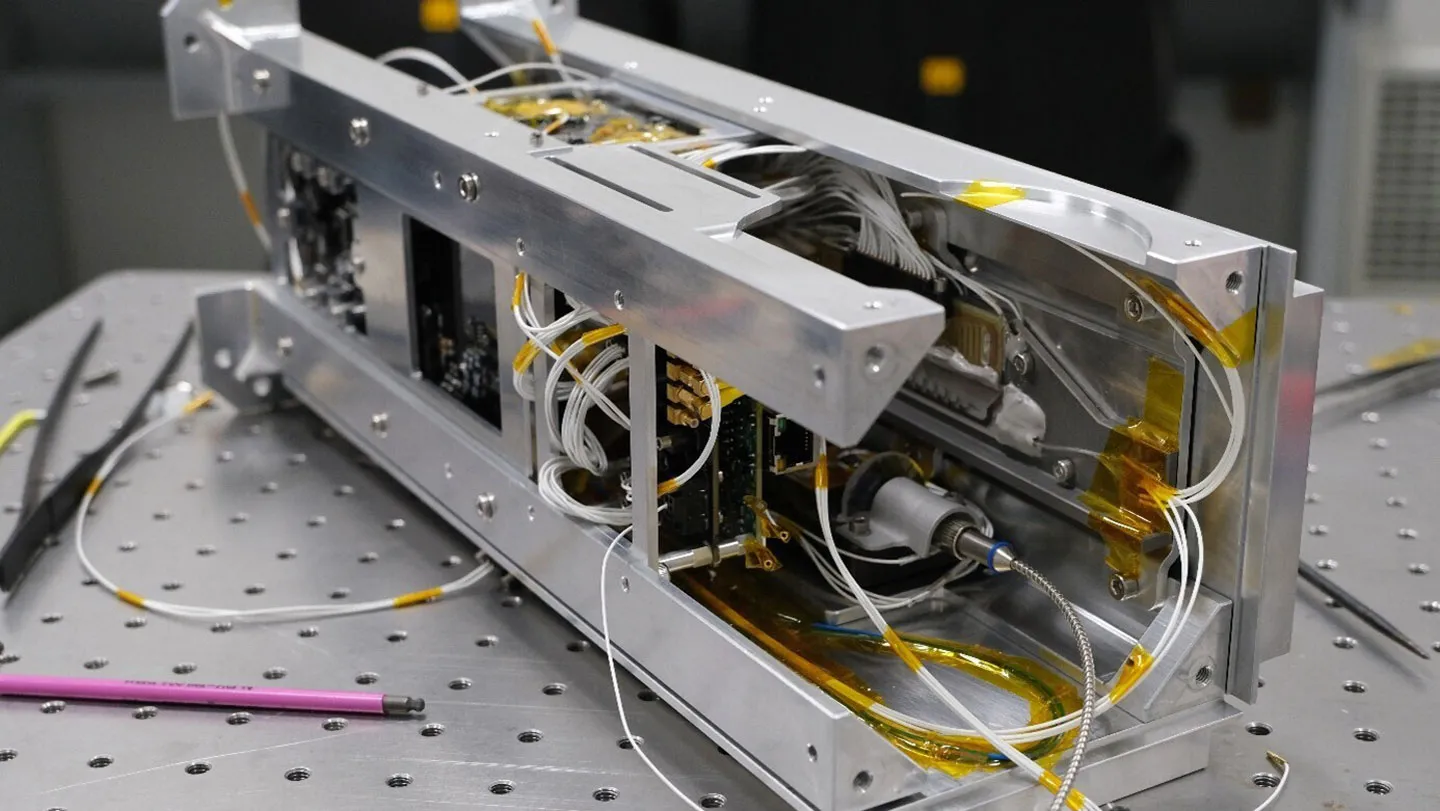In a groundbreaking leap for quantum technology, scientists have successfully launched the world’s first quantum computer into space. The compact device, a photonic quantum computer developed by a team led by physicist Philip Walther at the University of Vienna, is now orbiting Earth aboard a satellite following its launch on June 23, 2025.
Compact Design for Harsh Conditions
Unlike traditional quantum computers that require highly controlled lab environments and sprawling setups, this space-bound model was engineered to be ultra-compact and energy-efficient. It occupies just 3 liters of volume and consumes only about 10 watts of power—comparable to a household LED bulb. The design had to withstand extreme temperature fluctuations and operate reliably with limited onboard resources.
Why Quantum in Space?
Quantum computers use principles of quantum mechanics to perform certain calculations faster and more efficiently than classical computers. In space, where energy and bandwidth are limited, quantum systems could revolutionize satellite operations by enabling edge computing—processing data directly onboard rather than transmitting it to Earth and back.
This photonic quantum computer uses photons (particles of light) to represent qubits, the fundamental units of quantum information. Its successful deployment opens the door to future quantum communication networks and advanced machine learning applications in orbit.
Scientific and Strategic Implications
Beyond practical uses, the mission offers a unique opportunity to test fundamental physics in a new environment. Walther emphasized the importance of verifying whether quantum systems behave in space as they do on Earth, calling it both a privilege and a responsibility.
The launch marks a historic milestone in quantum research and space technology, potentially paving the way for more sophisticated quantum systems in orbit and deeper exploration into the nature of quantum mechanics.



